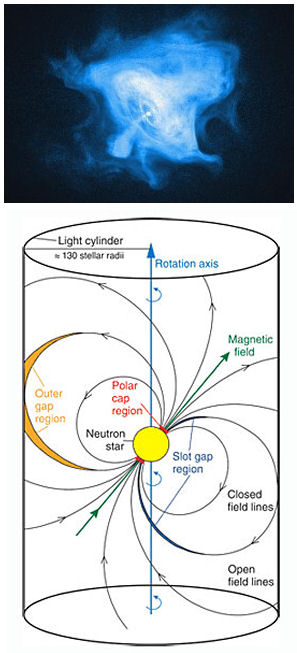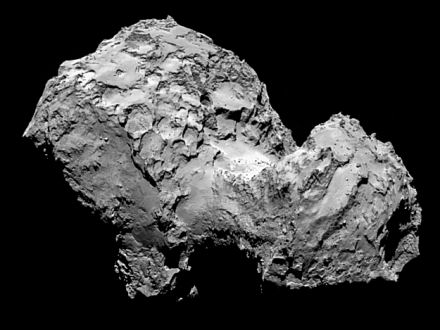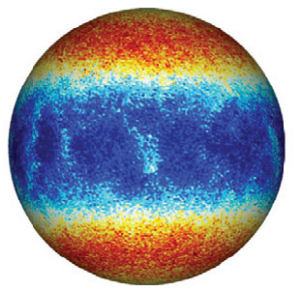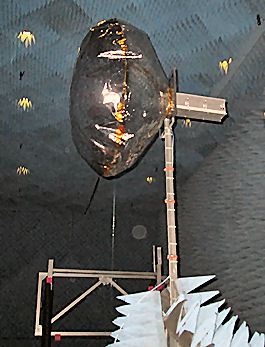
An international team of scientists has detected pulsed gamma rays from the neutron star at the heart of the Crab Nebula with energies far higher than theoretical pulsar models can explain. The emissions were detected by the VERITAS (Very Energetic Radiation Imaging Telescope Array System) array of four 12-meter Cherenkov telescopes in Arizona and the findings appear in Science.
VERITAS member and Washington University physicist Henric Krawczynski said the pulsed gamma rays had energies between 100 and 400 billion electronvolts (GeV). This is far higher than the highest Crab Nebula radiation level previously detected, which was around 25 GeV. “We presented the results at a conference and the entire community was stunned,” said Krawczynski.
The Crab Nebula, which is some 6,500 light-years from Earth, was formed when a massive star exploded in a supernova event that was observed on Earth in the year 1054. While it is most typical for pulsars to be ejected from the stellar wreckage during a supernova, in the case of the Crab system, the pulsar remained at its center, producing radiation that covers the entire electromagnetic spectrum. The star spins at the dizzying rate of about 30 times a second and emits gamma rays through “curvature radiation,” an effect that creates a lighthouse-like beacon that winks on when the beam faces the Earth and off when the star pivots away. What makes the new observations so startling is that the Crab Pulsar is considered among the best understood systems in all of astronomy.
Prior to these new results, a phenomenon known as curvature radiation was the leading explanation for the Crab’s pulsed gamma-ray emission. Curvature radiation is produced when a high-energy charged particle moves along a curved magnetic field. But this mechanism cannot account for gamma rays with energies above 100 GeV.
While there is no consensus on the mechanism behind the high energy emissions, physicists do agree that some extreme physics is involved. “Electrons and protons whipping off the surface of the neutron star create a cylindrical superconducting magnetosphere that is about a thousand kilometers in diameter and rotates rigidly with the neutron star,” Krawczynski explained. “The cylinder is superconducting but somewhere little gaps open, and particles are accelerated to very high energies across these gaps, like giant lightning strikes. The objective of the observations is to locate the gaps and to identify the mechanism by which particles are accelerated and gamma rays are emitted.”
One theory is that particles are accelerated along the open field lines near the polar caps of the pulsar. A second, called the outer gap theory, is that they grow in the outer magnetosphere where regions of opposite charge meet. Each location favors different mechanisms for the production of radiation. Whatever the case, the researchers will need to characterize the high-energy gamma-ray emission in much greater detail in order to gain more insight into the mechanisms behind it. “The finding shows that the theory is not there yet,” Krawczynski says. “We know less about these systems than we thought.”
Related:
Pulsars: What Are We Missing?
Plethora Of Pulsar Poles Perplexes Physicists
Fermi Telescope reveals new type of pulsar
Satellite catches thunderstorm producing antimatter bursts










Comments are closed.